15 Low-Sugar Fruits & Vegetables Good For Your Low-Carb Diet
Healthy and nutrient-rich foods that keep your weight and health in check!
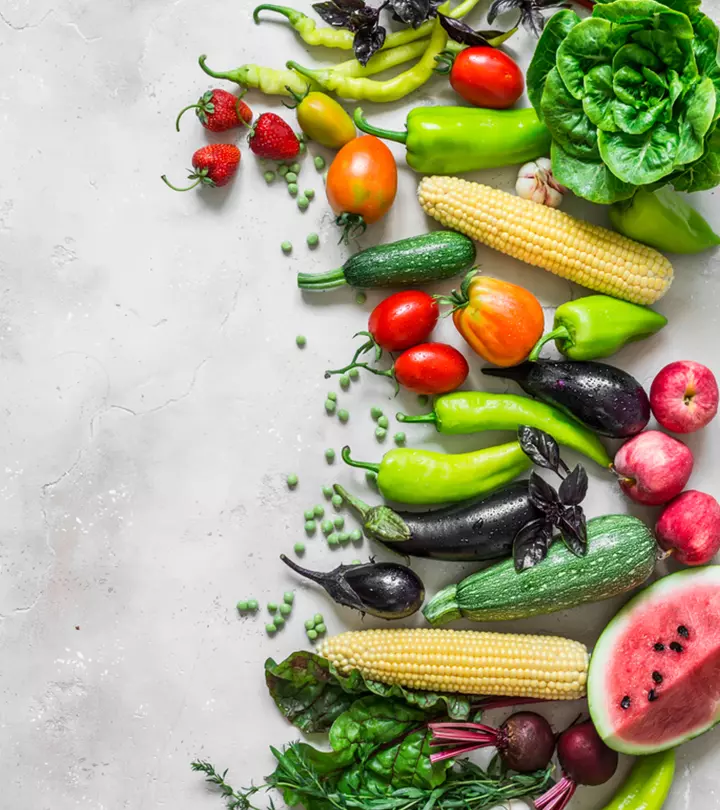
Image: Shutterstock
Vegetables and fruits are a crucial part of a healthy diet. But the natural sugar content in some fruits may not be suitable for some people. Here is where diabetic-friendly, sugar-free fruits come into the light. All fruits and vegetables have some natural sugar content (1). In the article, we have listed 15 fruits low in sugar content. These whole foods have a decent amount of fiber, minerals, vitamins and water to meet your nutritional needs. Keep reading to know more about them and how you can include them in your diet.
In This Article
Is Sugar In Fruit Bad For You?
It is important to be mindful of the sugar content in fruits, particularly if you have specific health concerns such as diabetes.
While fruits offer a plethora of vitamins, minerals, and dietary fiber, their natural sugars can affect blood sugar levels (1). Individuals with diabetes or those monitoring their carbohydrate intake need to be particularly vigilant about the sugar in the fruits they consume.
Remember that not all fruits have equal sugar content.
Fruits such as strawberries and blackberries are excellent choices as they are low in sugar but rich in potassium and antioxidants (2), (3).
Discover below the list of low-sugar fruits and vegetables suitable for a low-carb diet.
Key Takeaways
- Apple, watermelon, orange, avocado, blackberries, grapes are low-sugar fruits that you can have without consuming too many carbs.
- Cantaloupe is a popular low-carb fruit. You can either have it sliced or make a salad.
- Cabbage, broccoli, cucumber, asparagus are some of the healthiest low-sugar vegetables you can consume as part of a healthy diet.
15 Best Low-Sugar Fruits & Vegetables For Low-Carb Diets
Low-Sugar Fruits
1. Apple
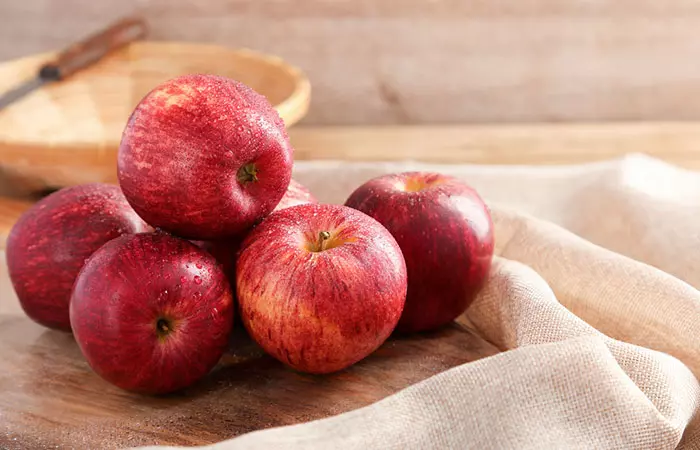
Apples are highly nutritious. A medium-sized (182 g) apple contains 19 g of sugar, 25 g of carbs, and 5 g of fiber (4). The phytochemicals in apples support weight management, are diabetes-friendly, and aid in improving bone, pulmonaryi It refers to the health of our lungs which depends on our lifestyle. It is important to maintain it to prevent diseases like asthma. , and gastrointestinal health (5). Snack on this low-sugar fruit or add it to porridge for a healthy breakfast.
2. Strawberries
Like any other berries, strawberries are low in sugar and high in fiber content. One cup of whole strawberries (144 g) contains only 7 g of sugar and 3 g of fiber (2). Strawberries are loaded with vitamin C (an antioxidant) and minerals like potassium, calcium, phosphorus, magnesium(2). You can consume strawberries in salads, smoothies, as wheat pancake topping, and with oatmeal.
3. Watermelon
Watermelon is loaded with water
, dietary fiber, and antioxidants. A cup of watermelon (154 g) contains only 9.55 g of sugar and 141 g of water. It is also loaded with vitamin A, vitamin C, lycopene, folate, choline, calcium, magnesium, and phosphorus (6). It is good for weight management as it improves satiety and reduces BMI and blood pressure (7).
Note: Though watermelon has a high glycemic indexi A rating system of foods (0-100) that are high in carbohydrates and affect our blood glucose levels. , it has a low glycemic load due to its low carbohydrate content (8). However, if you have diabetes, it is best you avoid or consume watermelon in limited quantities (9).
4. Orange
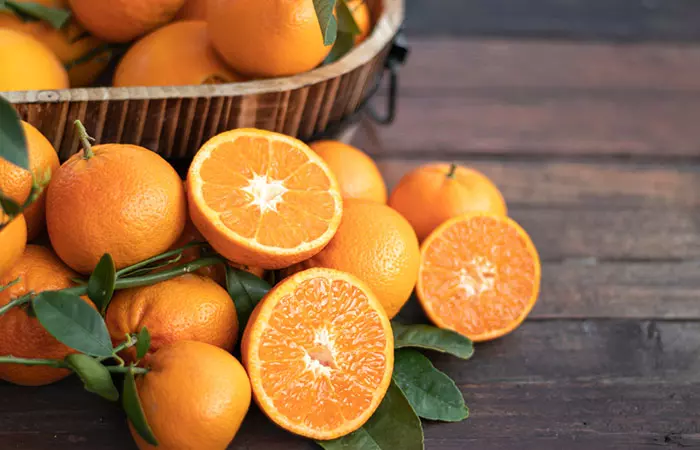
A large orange (184 g) contains 17 g of sugar, 4.42 g of dietary fiber, and 160 g of water (10). Like other citrus fruits, oranges are antioxidant-rich as they are loaded with vitamin C (11). They are also rich in vitamin A, beta carotene, lutein and zeaxanthin, calcium, folate, magnesium, and potassium (10). Drink freshly pressed orange juice with pulp, enjoy a whole orange, or add it to salads to reap its health benefits.
5. Blackberries
Blackberries have the lowest sugar content
among all the berries. A serving size of 100 g of blackberries contains only 5 g of sugar, 5 g of fiber, and 10 g of total carbohydrates (3).
Blackberries have been found to increase fat oxidation and improve insulin sensitivity in overweight and obese men. They also have an anti-diabetic effect (12). Snack on a cup of blackberries, or add them to smoothies or a cup of oatmeal.
6. Grapefruit
Grapefruit is a great low-sugar, high-water fruit perfect for your breakfast. A serving size of 100 g of grapefruit contains just 7 g of sugar. It is also loaded with vitamin C, a potent antioxidant (13). Enjoy a juicy grapefruit first thing in the morning to quench your thirst, or in the evening as a healthy snack option.
7. Cantaloupe
Melons have always been popular as low-sugar fruits that are good for a low-carb diet. A serving size of 100 g of cantaloupe provides 1 g of fiber and just 8 g of sugar (14). You can enjoy diced cantaloupe alone or make a cantaloupe salad with mint to give it a fresh touch.
 Quick Tip
Quick Tip8. Avocado
Avocado is christened as a “complete food” by nutritionists across the globe due to its high fiber, antioxidant, and healthy fat content. Not to mention that it is another low-sugar and low-carb fruit. A 100 g of avocado contains a negligible 0.66 g of sugar along with 6.7 g of fiber and just 8.53 g of carbohydrates. It contains vitamins C, E, and A. Trace amounts of folate, copper, and protein are also found in this nutty, buttery fruit (15). You can make avocado toast, smoothie, salad, or even ice cream to savor a delicious fruit without consuming too many carbs.
The low-sugar fruits mentioned above have a low GI index. They are digested slowly, leading to a more gradual release of glucose into the bloodstream. This helps prevent the sharp spikes in blood sugar that can be problematic for people with diabetes. This, in turn, improves the body’s insulin sensitivity and helps control diabetes more effectively (16).
Apart from the benefit of low-sugar fruits for individuals with diabetes or those trying to regulate their blood sugar, they may also have other benefits. Read about them in the next section.
Benefits Of Low-Sugar Fruits
Here are some of the benefits of low-sugar fruits you should know about:
- They tend to be lower in calories, making them a great choice for those looking to manage their weight.
- They have a high water content and can keep you hydrated.
- They are rich in fiber, which may help you feel fuller longer and improve your digestive health. It may also benefit your heart health (17).
- They are rich in essential vitamins, minerals, and antioxidants that may reduce the risk of chronic diseases like hypertension and benefit your overall health (18).
You can enjoy low-sugar fruits in salads and smoothies. You may also try the following recipes.
Low-Sugar Fruit Recipes
1. Berry Chia PuddingIngredients
- 2 tablespoons chia seeds
- 1 cup unsweetened almond milk
- ½ tsp vanilla extract
- ¼ cup fresh strawberries and blackberries
How To Prepare
- Add chia seeds, almond milk, and vanilla extract to a jar and stir well.
- Cover and refrigerate for at least 2 hours or overnight.
- Top with fresh berries and serve.
2. Frozen Chocolate-Apple PopsIngredients
- 2 apples, cut into slices
- ½ cup unsweetened dark chocolate chips
- 1 tbsp coconut oil
- ¼ cup chopped nuts
How To Prepare
- Insert popsicle sticks into each apple slice.
- Combine the dark chocolate chips and coconut oil and melt it over a double boiler.
- Dip the apple slices into the melted chocolate, sprinkle chopped nuts over them, and freeze for 1-2 hours.
3. Frozen Orange Yogurt BitesIngredients
- 2 large oranges, chopped and deseeded
- 1 cup plain unsweetened Greek yogurt
- 1 tbsp honey (optional)
- ½ tsp vanilla extract
How To Prepare
- Mix the Greek yogurt, honey, and vanilla extract.
- Dip the orange slices in the mixture and freeze for 1-2 hours.
You can also find many low-sugar vegetables. Take a look at them in the next section.
Low-Sugar Vegetables
1. Cucumber
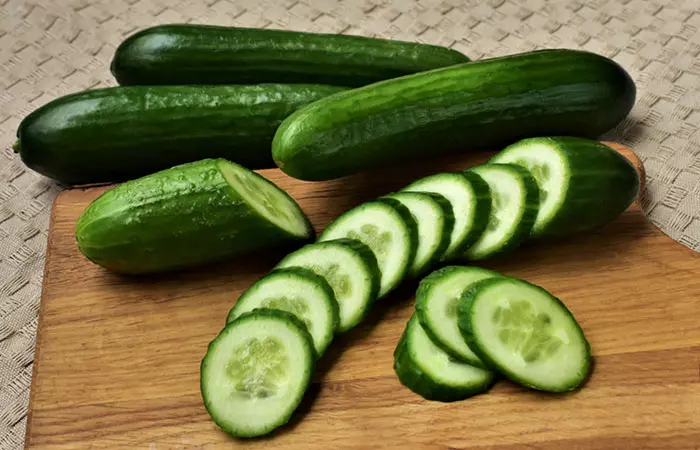
Cucumber is a refreshing and nutritious vegetable that is often used in salads. It is extremely low in sugar and high in water. A serving size of 100 g of cucumber contains only 2 g of sugar with 95 g of water (19). Add some slices of cucumber to your salad bowl and top it with some nuts and seeds to enjoy a low-sugar dish that will keep you satisfied long after eating.
2. Asparagus
Asparagus is a spring vegetable that contains a negligible amount of fat and virtually no sugar. It also contains many other important nutrients that are quite beneficial for the body. A serving size of 100 g of asparagus contains only 2 g of fiber and 2 g of sugar along with 0.1 g of fat (20).
Although asparagus is primarily used as a diuretici A pill that increases the production of urine to get rid of excess water in the body and lower the blood pressure. , it can also promote a faster metabolism (21). Roast asparagus with some olive oil for a delicious side dish or add to soups or salads for extra nutrition.
3. Iceberg Lettuce
Iceberg lettuce is the most popular low-calorie and low-sugar vegetable used in salads to provide satiety. A serving size of 100 g of iceberg lettuce contains 96 g of water along with 1 g fiber and just 2 g sugar (22). Combine iceberg lettuce with other vegetables to make a low-carb salad bowl or use a lettuce leaf as a low-carb alternative to wraps for sandwiches.
4. Broccoli
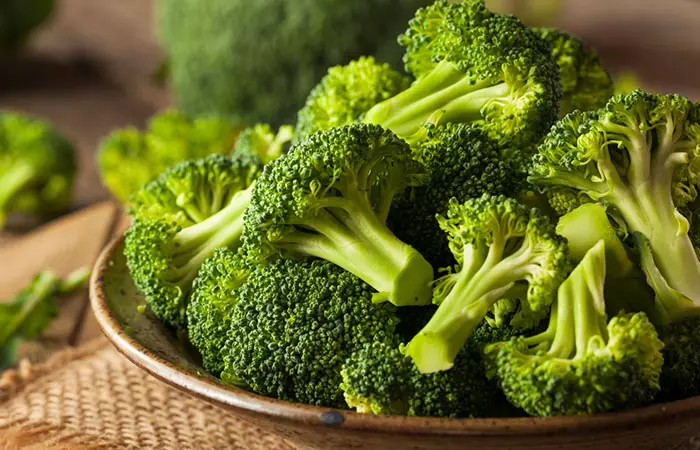
Broccoli is a cruciferous vegetable that is low in sugar and perfect for any kind of diet, including the low-carb diets. A serving size of 100 g of broccoli contains 3 g of fiber and 2 g of sugar (23). Broccoli is also vitamin-packed, containing vitamins A, C, D, E, and K, dietary fiber, calcium, iron, phosphorus, zinc, and potassium (23). Blanch the broccoli florets and add them to curries or salads. Or you can also sauté them and enjoy over whole grains like quinoa or brown rice for a wholesome meal.
5. Brussels Sprouts
Brussels sprouts are one of the healthiest low-sugar vegetable options and are used in many salad recipes. A serving size of 100 g of Brussels sprouts contain just 2 g of sugar and 4 g of fiber (24).
Brussels sprouts taste delicious tossed in olive oil and roasted, or shaved Brussels sprouts make a great base for slaws and salads. This vegetable is infamous for its bitter taste, which is not always popular, especially among kids. However, if you have diabetes and are looking for a low-sugar vegetable, it is one of the healthiest options on this list (25).
6. Cabbage
Cabbage is another low-fat, low-sugar vegetable that you can indulge in any time and in any form. A serving size of 100 g of cabbage contains 6 g of carbs, 3 g of fiber, and 3 g of sugar that is mainly glucose and fructose (26).
Cabbage is rich in vitamins A, C, D, E, and K. It also contains minerals like calcium, iron, magnesium, zinc, and sodium (26).
 Quick Tip
Quick Tip7. Spinach
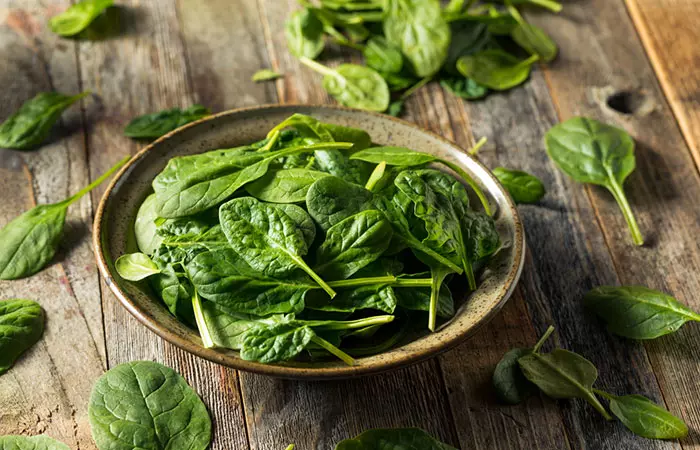
This low-sugar, high-water content leafy vegetable is an excellent option to curb your appetite. A serving size of 100 g of spinach contains almost negligible amount of sugar and 91 g of water (27). You can add blanched spinach to your salad, serve raw in salads or blended in smoothies, or steam and serve with roasted or grilled fish or chicken.
Infographic: Low-Sugar Fruits And Vegetables
Many fruits and vegetables contain natural sugar that is not suitable for everyone. While we have covered the fruits and vegetables with low-sugar values in the article, we’d like to highlight some of the easily available ones that you can add to your diet. Illustration: StyleCraze Design Team
Check out the infographic below to learn more in detail about some low-sugar fruits and vegetables.
Fruits and vegetables contain essential nutrients that can help improve your overall health. These food sources naturally contain sugar. Some fruits and vegetables are very rich in sugar, so eating them regularly is not suitable for everyone. Therefore, eating low-sugar fruits and vegetables is the best choice if you want to reduce your sugar intake. Apples, strawberries, watermelon, orange, cucumber, asparagus, iceberg lettuce, broccoli, spinach, and cabbage are some low-sugar fruits and vegetables. Include these low-sugar foods in your diet and enjoy their benefits!
Frequently Asked Questions
What are the best sugar-free fruits for desserts?
Berries like strawberries, blueberries, raspberries, and blackberries are the best sugar-free fruit for desserts. You may use them fresh or frozen to prepare desserts like parfaits, pies, compotes, or even as topping for sugar-free cakes and yogurt.
Is banana high in sugar?
Yes, despite being nutrient-dense and healthy, bananas are high in sugar and should be consumed in moderation.
Is papaya high in sugar?
No, the sugar content of papaya is moderate. A cup of papaya has 11 grams of the sugar known as fructose, which does not pose any harm if consumed in moderation.
Is pineapple high in sugar?
Yes, despite being healthy, pineapple is high in sugar. A cup of pineapple contains approximately 16.3 grams of sugar.
Do almonds have sugar?
Yes, almonds have sugar but in very low amounts. A serving of almonds has 1.23 grams of sugar.
Are cashews high in sugar?
No, cashews are not high in sugar. They have a low glycemic index and can be taken in moderation even if you have diabetes.
Illustration: Best Low-Sugar Fruits & Vegetables For Low-Carb Diets
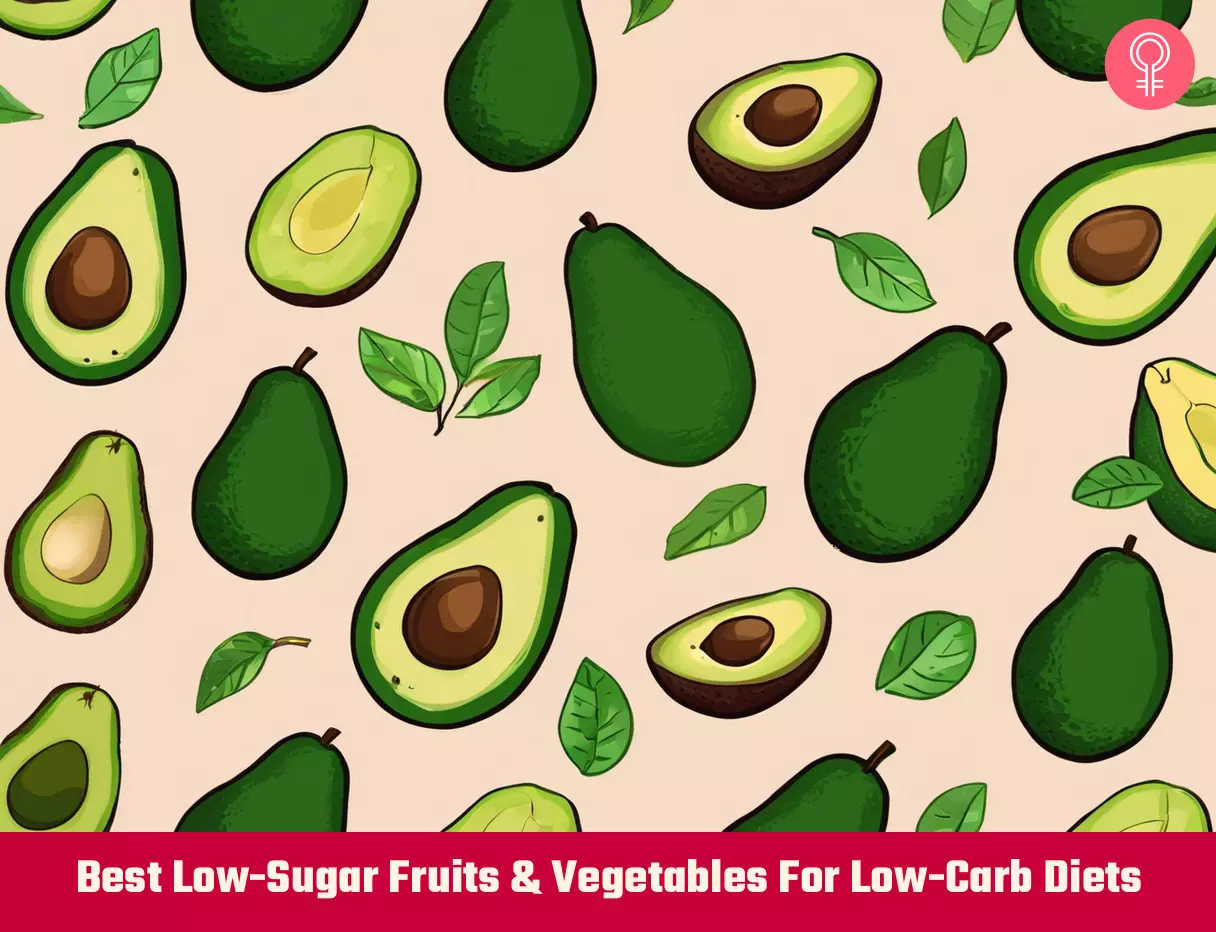
Image: Stable Diffusion/StyleCraze Design Team
Discover the tastiest route to a healthier lifestyle with this video! Learn more about the fruits and vegetables that contain low sugar, so you can consume them guilt-free. Check out the video now!
References
Articles on StyleCraze are backed by verified information from peer-reviewed and academic research papers, reputed organizations, research institutions, and medical associations to ensure accuracy and relevance. Read our editorial policy to learn more.
- Slavin, Joanne L, and Beate Lloyd. “Health benefits of fruits and vegetables.” Advances in nutrition (Bethesda, Md.) vol. 3,4 506-16.
https://www.ncbi.nlm.nih.gov/pmc/articles/PMC3649719/ - US Department of Agriculture, Agricultural Research Service. “Nutritive value of strawberries, raw.”
https://fdc.nal.usda.gov/fdc-app.html#/food-details/167762/nutrients - US Department of Agriculture, Agricultural Research Service. “Nutritive value of blackberries, raw.”
https://fdc.nal.usda.gov/fdc-app.html#/food-details/173946/nutrients - US Department of Agriculture, Agricultural Research Service. “Nutritive value of apples, raw, with skin.”
https://fdc.nal.usda.gov/food-details/171688/nutrients - Hyson, Dianne A. “A comprehensive review of apples and apple components and their relationship to human health.” Advances in nutrition (Bethesda, Md.) vol. 2,5 (2011): 408-20.
https://pubmed.ncbi.nlm.nih.gov/22332082// - US Department of Agriculture, Agricultural Research Service. “Nutritive value of Watermelon, raw.
https://fdc.nal.usda.gov/fdc-app.html#/food-details/167765/nutrients - Lum, Tiffany et al. “Effects of Fresh Watermelon Consumption on the Acute Satiety Response and Cardiometabolic Risk Factors in Overweight and Obese Adults.” Nutrients vol. 11,3 595
https://www.ncbi.nlm.nih.gov/pmc/articles/PMC6470521/ - Vlachos, Dionysios et al. “Glycemic Index (GI) or Glycemic Load (GL) and Dietary Interventions for Optimizing Postprandial Hyperglycemia in Patients with T2 Diabetes: A Review.” Nutrients vol. 12,6 1561.
https://www.ncbi.nlm.nih.gov/pmc/articles/PMC7352659/ - Jenkins, D J A et al. “The relation of low glycaemic index fruit consumption to glycaemic control and risk factors for coronary heart disease in type 2 diabetes.” Diabetologia vol. 54,2 (2011): 271-9.
https://www.ncbi.nlm.nih.gov/pmc/articles/PMC3017317/ - US Department of Agriculture, Agricultural Research Service. “Nutritive value of oranges, raw, navels.”
https://fdc.nal.usda.gov/food-details/169917/nutrients - Lv, Xinmiao et al. “Citrus fruits as a treasure trove of active natural metabolites that potentially provide benefits for human health.” Chemistry Central journal vol. 9 68.
https://www.ncbi.nlm.nih.gov/pmc/articles/PMC4690266/
- Solverson, Patrick M et al. “Blackberry Feeding Increases Fat Oxidation and Improves Insulin Sensitivity in Overweight and Obese Males.” Nutrients vol. 10,8 1048.
https://www.ncbi.nlm.nih.gov/pmc/articles/PMC6115824/ - US Department of Agriculture, Agricultural Research Service. “Nutritive value of grapefruit, raw, pink and red, all areas.”
https://fdc.nal.usda.gov/fdc-app.html#/food-details/174673/nutrients - US Department of Agriculture, Agricultural Research Service. “Nutritive value of melons, cantaloupe, raw.”
https://fdc.nal.usda.gov/fdc-app.html#/food-details/169092/nutrients - US Department of Agriculture, Agricultural Research Service. “Nutritive value of avocados, raw, all commercial varieties.”
https://fdc.nal.usda.gov/fdc-app.html#/food-details/171705/nutrients - Glycemic Index (GI) or Glycemic Load (GL) and Dietary Interventions for Optimizing Postprandial Hyperglycemia in Patients with T2 Diabetes: A Review, Nutrients. 2020 May 27
https://pmc.ncbi.nlm.nih.gov/articles/PMC7352659/ - High Fiber Diet, Treasure Island (FL): StatPearls Publishing; 2024 Jan.
https://www.ncbi.nlm.nih.gov/books/NBK559033/ - Free Radicals, Antioxidants in Disease and Health. Int J Biomed Sci. 2008 Jun;4(2):89–96.
https://pmc.ncbi.nlm.nih.gov/articles/PMC3614697/ - US Department of Agriculture, Agricultural Research Service. “Nutritive value of cucumber, with peel, raw.”
https://fdc.nal.usda.gov/food-details/168409/nutrients - US Department of Agriculture, Agricultural Research Service. “Nutritive value of asparagus, raw.”
https://fdc.nal.usda.gov/fdc-app.html#/food-details/168389/nutrients - Negi, J S et al. “Chemical constituents of Asparagus.” Pharmacognosy reviews vol. 4,8 (2010): 215-20.
https://www.ncbi.nlm.nih.gov/pmc/articles/PMC3249924/ - US Department of Agriculture, Agricultural Research Service. “Nutritive value of lettuce, iceberg (includes crisphead types), raw.”
https://fdc.nal.usda.gov/fdc-app.html#/food-details/169248/nutrients - US Department of Agriculture, Agricultural Research Service. “Nutritive value of broccoli, raw.”
https://fdc.nal.usda.gov/fdc-app.html#/food-details/170379/nutrients - US Department of Agriculture, Agricultural Research Service. “Nutritive value of Brussels sprouts, raw.”
https://fdc.nal.usda.gov/fdc-app.html#/food-details/170383/nutrients - Golbidi, Saeid et al. “Diabetes and alpha lipoic Acid.” Frontiers in pharmacology vol. 2 69.
https://www.ncbi.nlm.nih.gov/pmc/articles/PMC3221300/ - US Department of Agriculture, Agricultural Research Service. “Nutritive value of cabbage, raw.”
https://fdc.nal.usda.gov/fdc-app.html#/food-details/169975/nutrients - US Department of Agriculture, Agricultural Research Service. “Nutritive value of spinach, raw.”
https://fdc.nal.usda.gov/fdc-app.html#/food-details/168462/nutrients
Read full bio of Staci Gulbin
Read full bio of Priyanka Sadhukhan
Read full bio of Arshiya Syeda
Read full bio of Aparna Mallampalli






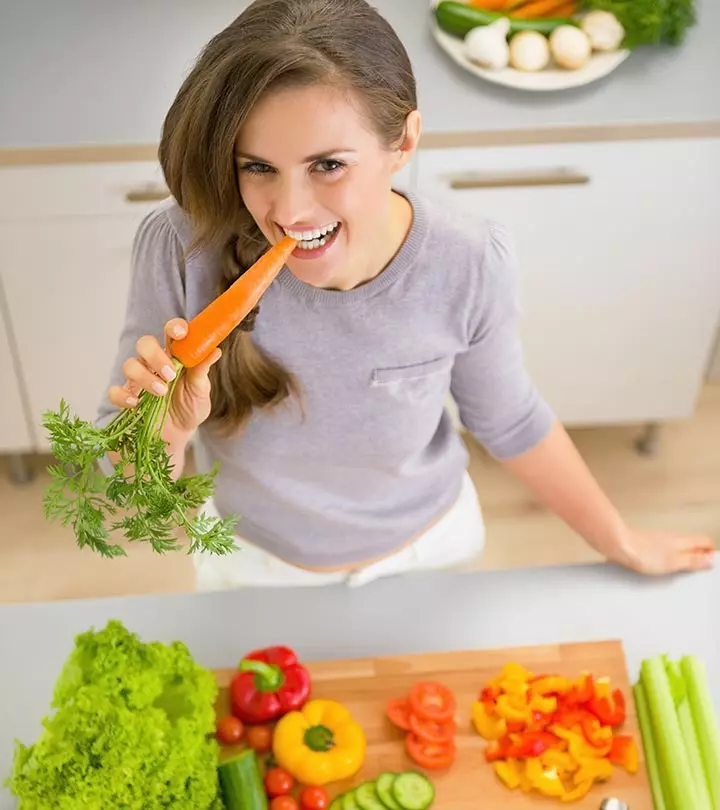
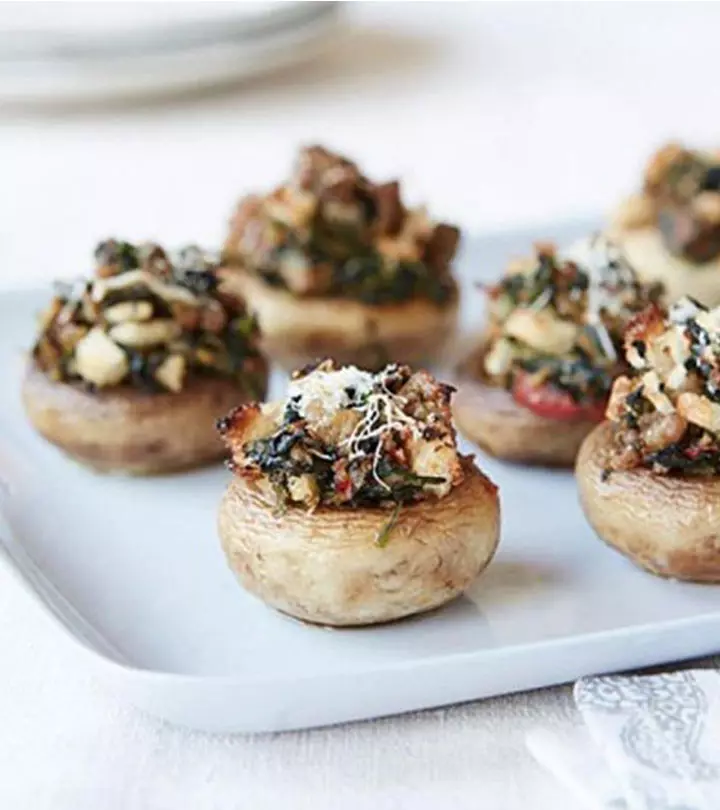
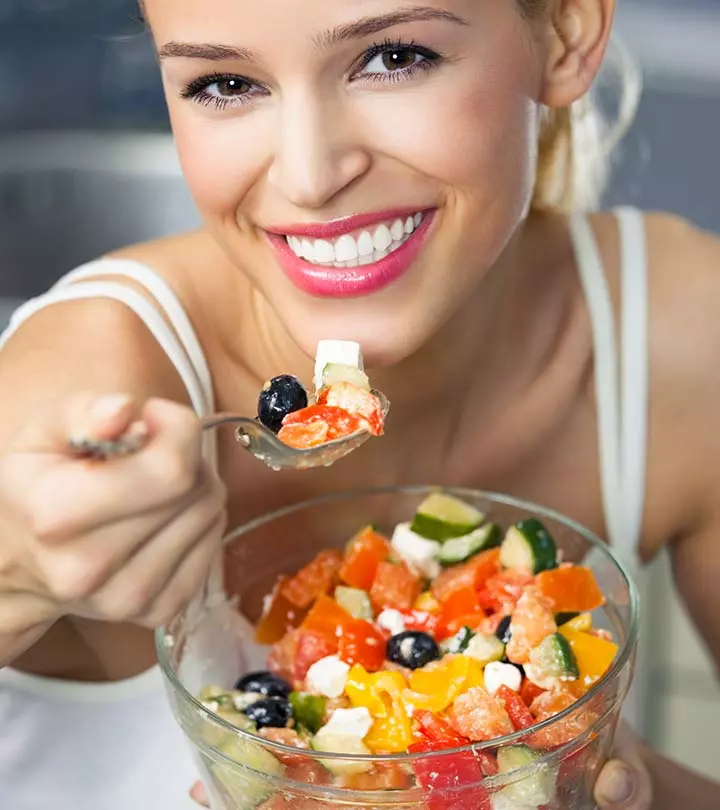
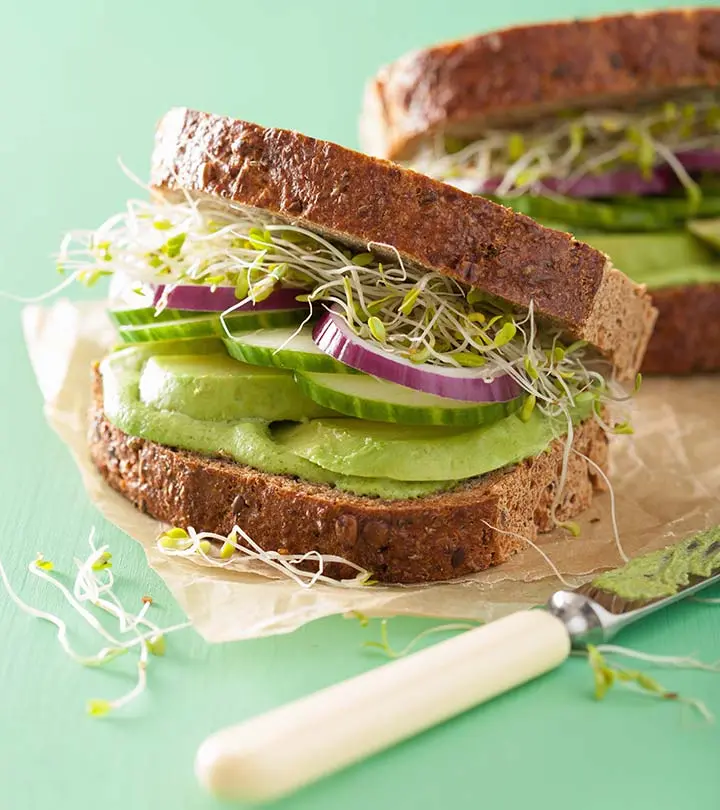
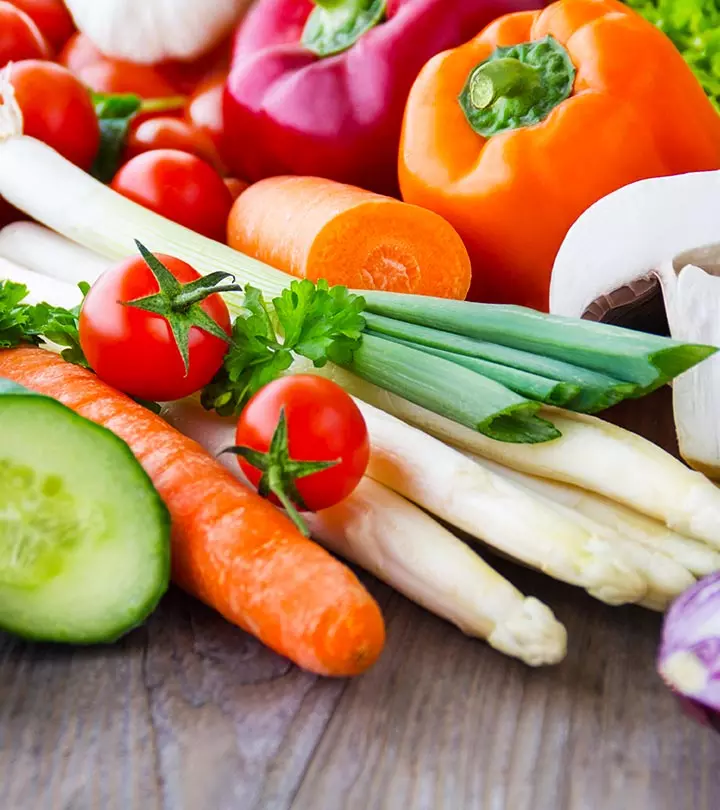

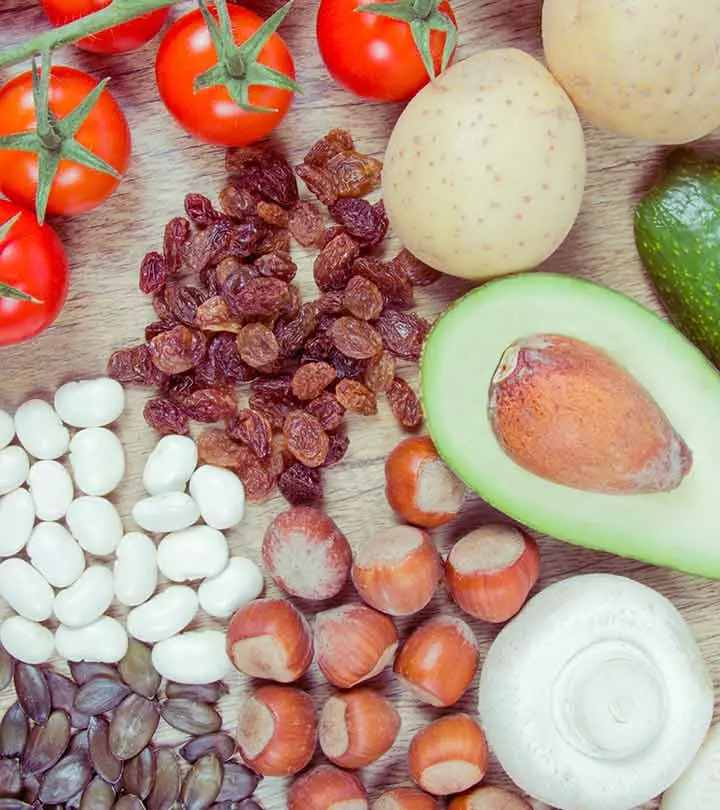


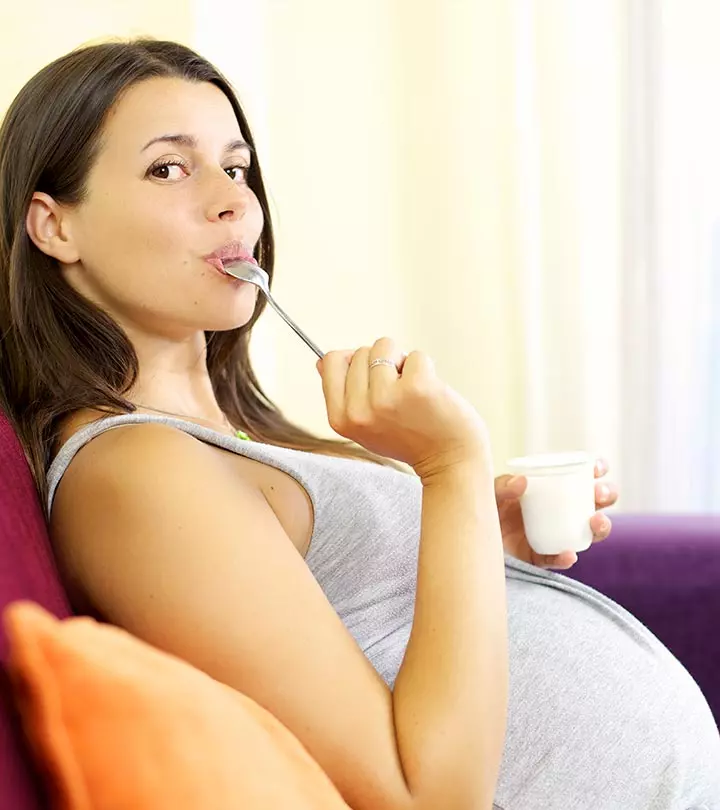
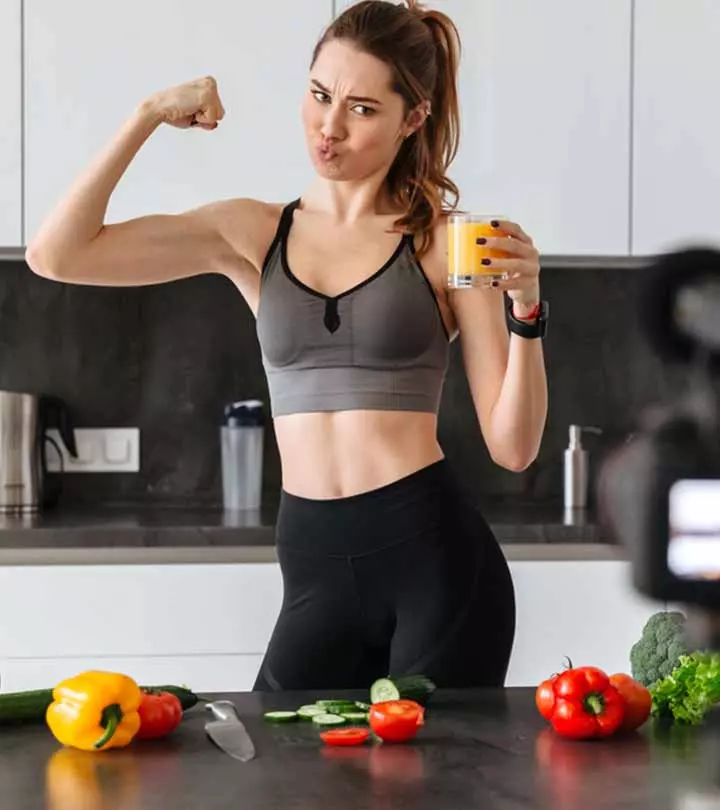


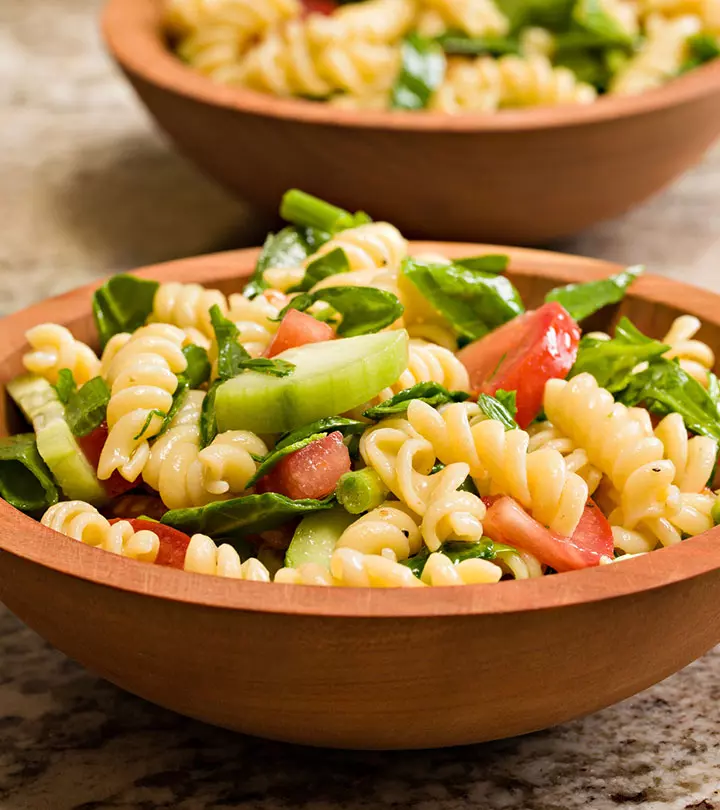




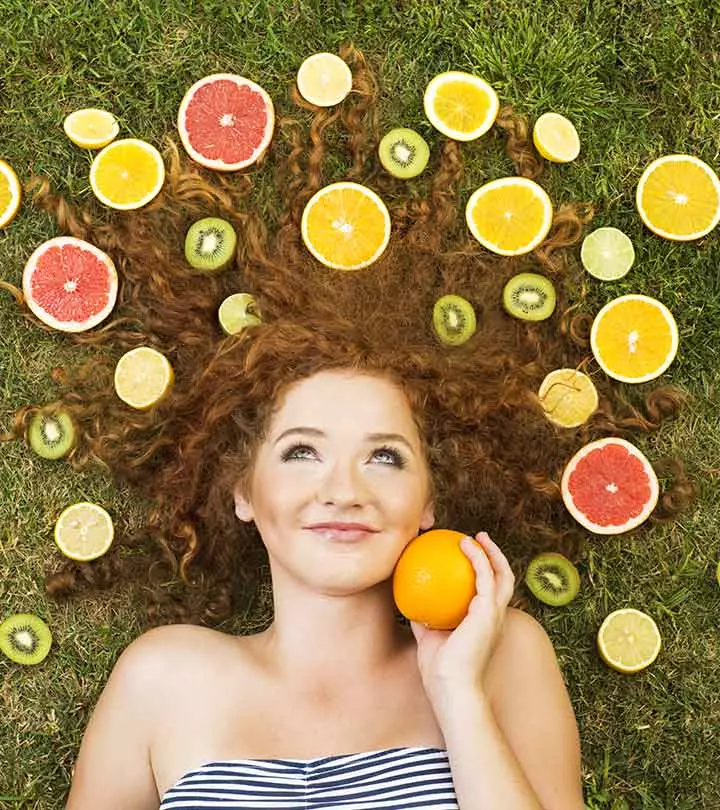
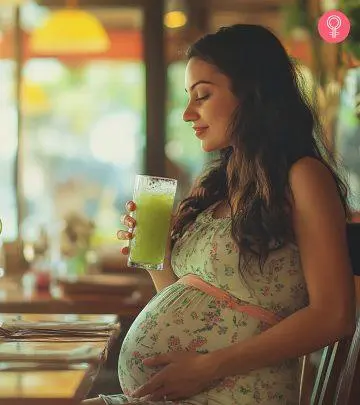

Community Experiences
Join the conversation and become a part of our empowering community! Share your stories, experiences, and insights to connect with other beauty, lifestyle, and health enthusiasts.